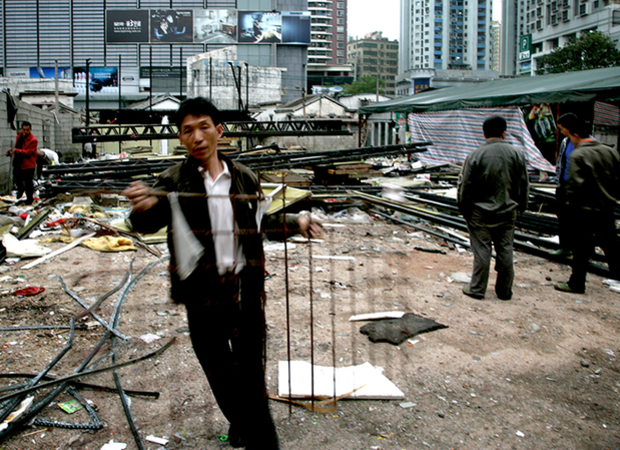Books
01.07.20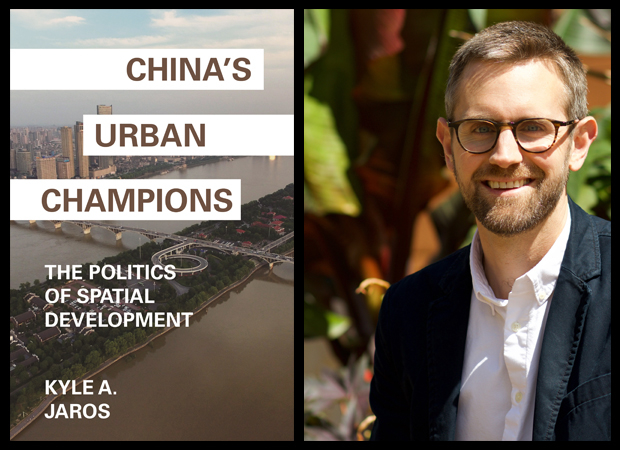
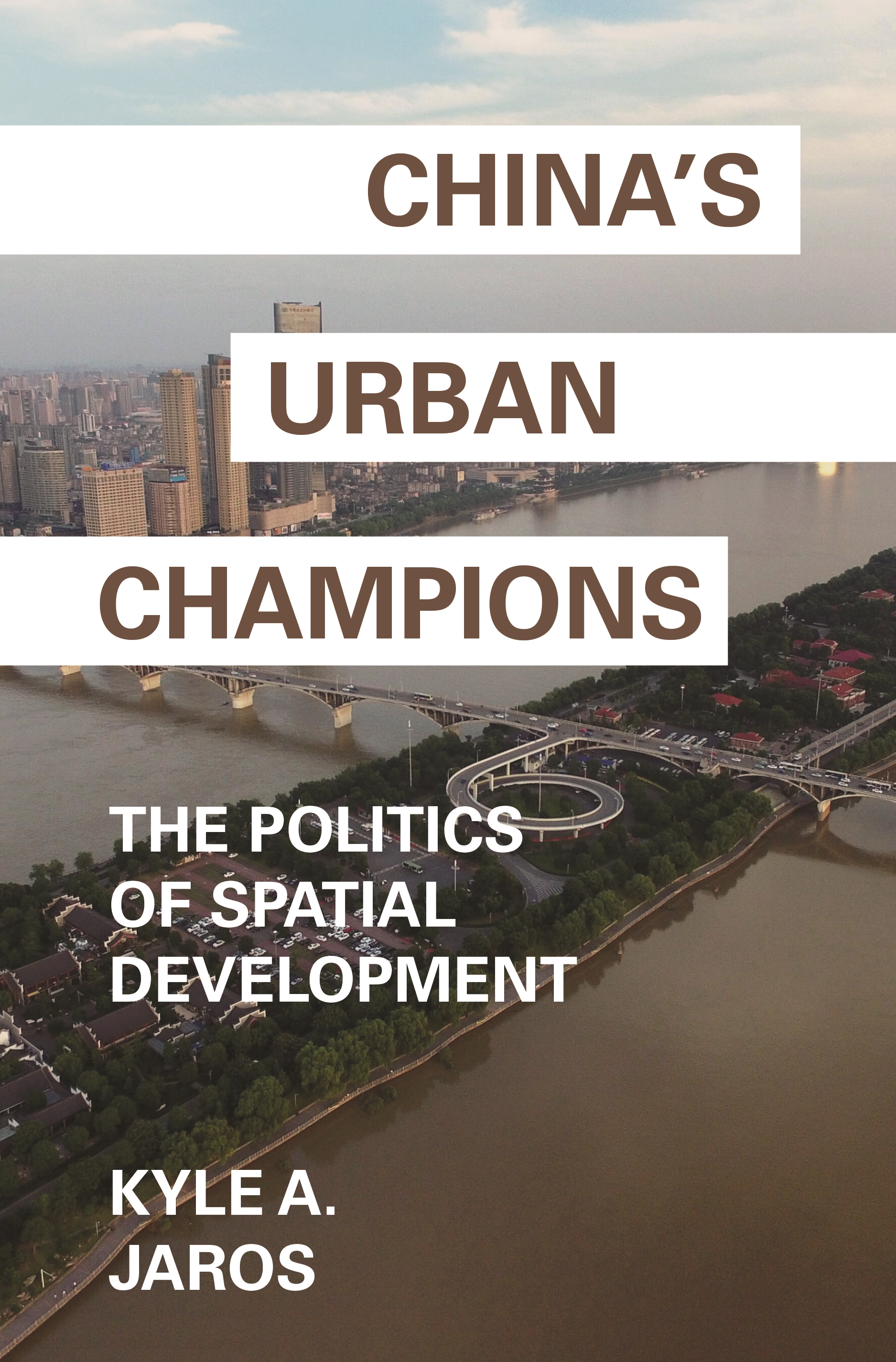
China’s Urban Champions
Princeton University Press: The rise of major metropolises across China since the 1990s has been a double-edged sword: Although big cities function as economic powerhouses, concentrated urban growth can worsen regional inequalities, governance challenges, and social tensions. Wary of these dangers, China’s national leaders have tried to forestall top-heavy urbanization. However, urban and regional development policies at the sub-national level have not always followed suit. China’s Urban Champions explores the development paths of different provinces and asks why policymakers in many cases favor big cities in a way that reinforces spatial inequalities rather than reducing them.Kyle Jaros combines in-depth case studies of Hunan, Jiangxi, Shaanxi, and Jiangsu provinces with quantitative analysis to shed light on the political drivers of uneven development. Drawing on numerous Chinese-language written sources, including government documents and media reports, as well as a wealth of field interviews with officials, policy experts, urban planners, academics, and businesspeople, Jaros shows how provincial development strategies are shaped by both the horizontal relations of competition among different provinces and the vertical relations among different tiers of government. Metropolitan-oriented development strategies advance when lagging economic performance leads provincial leaders to fixate on boosting regional competitiveness, and when provincial governments have the political strength to impose their policy priorities over the objections of other actors.Rethinking the politics of spatial policy in an era of booming growth, China’s Urban Champions highlights the key role of provincial units in determining the nation’s metropolitan and regional development trajectory.{chop}
ChinaFile Recommends
12.11.17Forced Evictions in China's Capital Spark a Rare Display of Dissent
Time
The protests in Feijia, a village in Beijing’s northeastern Chaoyang district, follow a controversial clean-up campaign that began after an apartment block fire killed 19 people last month, the South China Morning Post reports.
ChinaFile Recommends
12.05.17The Underclass That Threatens Xi's 'China Dream'
Wall Street Journal
Beijing’s mass evictions of migrants cast a chill over Xi’s lofty equality goals.
Conversation
11.30.17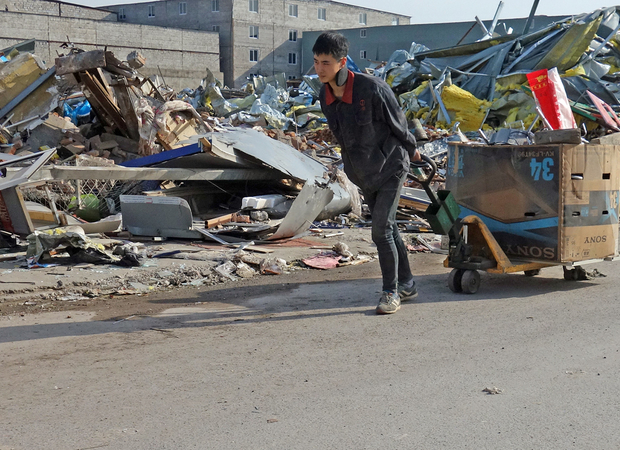
The Beijing Migrants Crackdown
After a fire in a Beijing apartment building catering to migrant workers killed at least 19 people on November 18, the city government launched a 40-day campaign to demolish the capital’s “unsafe” buildings. Many Beijing residents view the campaign...
ChinaFile Recommends
11.28.17Xi Jinping Makes China’s Toilets a Number Two Priority
Guardian
Chinese urged to ‘Advance the Toilet Revolution Steadily’ and do away with squalid communal facilities as a national imperative.
ChinaFile Recommends
09.18.17China's 'Sponge Cities' Aim to Re-Use 70% of Rainwater
CNN
Asian cities are struggling to accommodate rapid urban migration, and development is encroaching on flood-prone areas.
Environment
08.02.17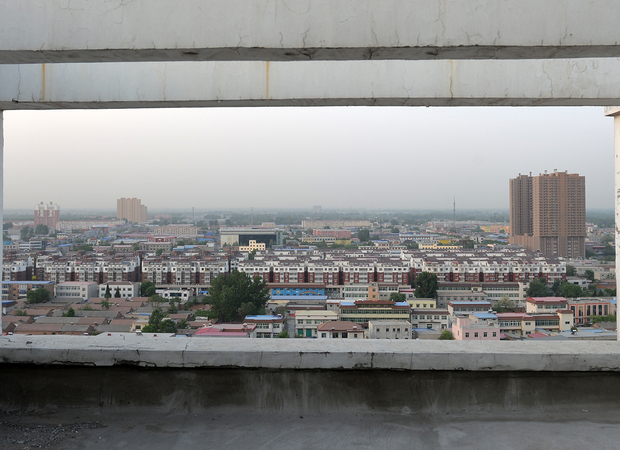
Crowded Beijing Revives Old Plan for New Overflow City
from chinadialogue
On April 1, 2017—April Fool’s Day—the government made a surprise announcement that a satellite city bigger than New York would be built from scratch on the outskirts of Beijing. Official news site Xinhua described Xiong’an New District as the “plan...
Video
07.27.17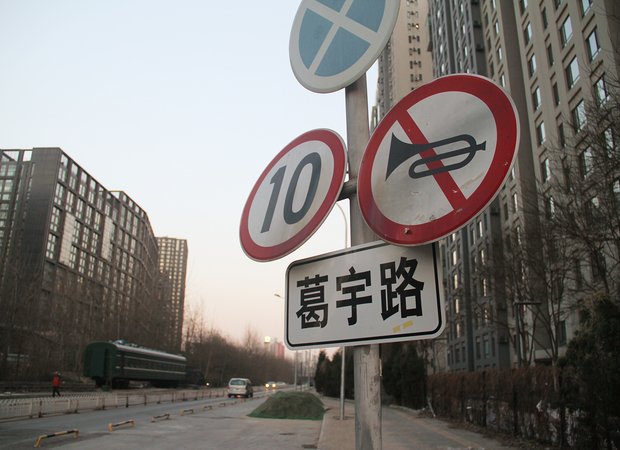
Where The Streets Had My Name
If you’re not dead yet and you were never very famous, can you still get a street named after you in Beijing? You can if you’re 27-year-old artist Ge Yulu. Open Google Maps, enter his name, and there you will find a 1,476-foot-long street that...
Caixin Media
12.15.16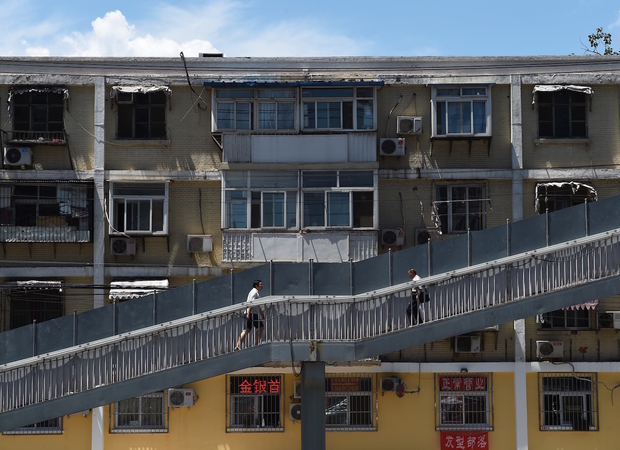
Attempts to ‘Clean Up Beijing’ Target Low-Cost Migrant Homes
Li Yi, a young computer engineer working in Beijing, said authorities forced him out of his apartment in a village in Haidian district in November, days after his power supply was cut off even though he had paid the bills.Li (not his real name) is...
Features
09.13.16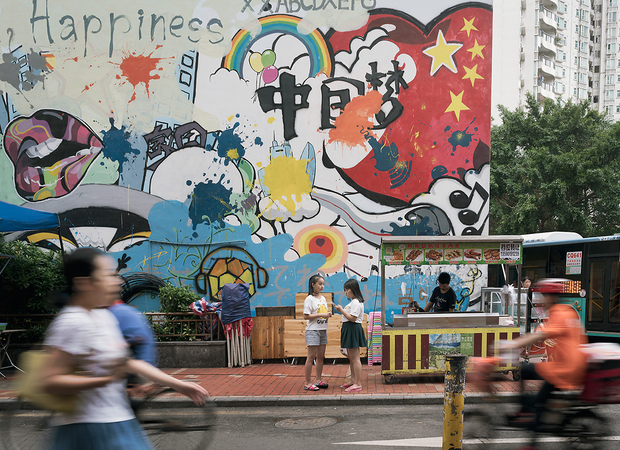
The Destruction of Baishizhou
Early this spring, the Chinese character for “demolish” (“拆”) showed up in red spray paint on a strip of shops in Shenzhen’s Baishizhou neighborhood. Wang An, 41, has been selling women’s underwear from one of these shops for the last 10 years. “...
Environment
08.21.15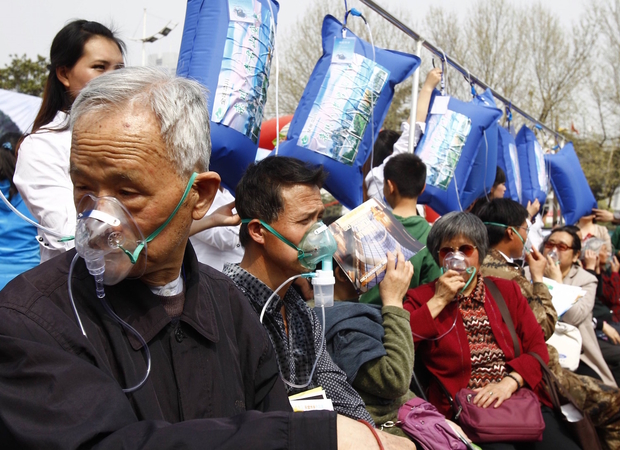
Beijing Tells Mayors of Chinese Cities to Clean Up Their Air
from chinadialogue
In China, “APEC blue” was the sarcastic term used to refer to the unusually clear skies Beijing enjoyed when an Asia-Pacific leaders summit was in progress late last year.A similar phenomenon is now being seen in smaller Chinese cities, as mayors...
ChinaFile Recommends
08.08.15ChinaFile Recommends
06.25.15China Aims to Move Beijing Government Out of City’s Crowded Core
New York Times
Officials finalize plans to move Beijing’s municipal government, including tens of thousands of civil servants to Tongzhou.
Environment
01.21.15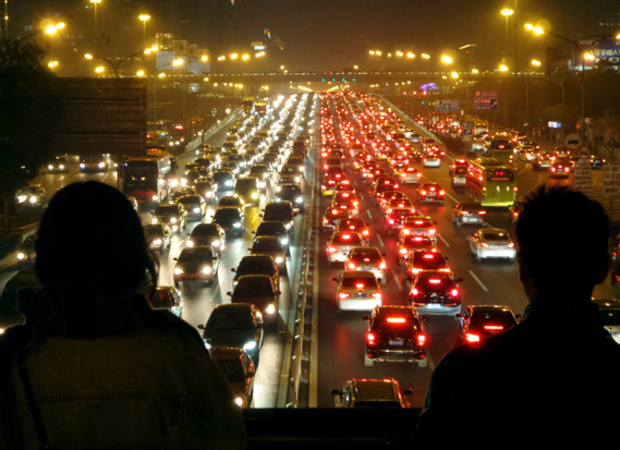
‘New Measures Needed’ To Take China’s Cars Off the Roads
from chinadialogue
As air pollution once more soared to hazardous levels last week in Beijing, in Washington a panel of Chinese and other international experts explained some of the solutions to taking cars off the roads in the world’s most populous country, but there...
ChinaFile Recommends
01.12.15In China, Projects to Make Great Wall Feel Small
New York Times
The plan here seems far-fetched—a $36 billion tunnel that would run twice the length of the one under the English Channel, and bore deep into one of Asia’s active earthquake zones. When completed, it would be the world’s longest underwater tunnel,...
Books
09.02.14
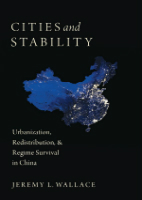
Cities and Stability
China's management of urbanization is an under-appreciated factor in the regime's longevity. The Chinese Communist Party fears "Latin Americanization"—the emergence of highly unequal megacities with their attendant slums and social unrest. Such cities threaten the survival of nondemocratic regimes. To combat the threat, many regimes, including China's, favor cities in policymaking. Cities and Stability shows this "urban bias" to be a Faustian Bargain: cities may be stabilized for a time, but the massive in-migration from the countryside that results can generate the conditions for political upheaval. Through its hukou system of internal migration restrictions, China has avoided this dilemma, simultaneously aiding urbanites and keeping farmers in the countryside. The system helped prevent social upheaval even during the Great Recession, when tens of millions of laid-off migrant workers dispersed from coastal cities. Jeremy Wallace's powerful account forces us to rethink the relationship between cities and political stability throughout the developing world. —Oxford University Press {chop}
Reports
11.11.13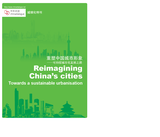
Reimagining China’s Cities
Isabel Hilton
chinadialogue
After nearly three decades of rapid urbanisation, China’s official and unofficial city dwellers outnumber its farmers. China’s urbanisation counts as the biggest and fastest social movement in human history, a movement that has turned Chinese...
The NYRB China Archive
08.15.13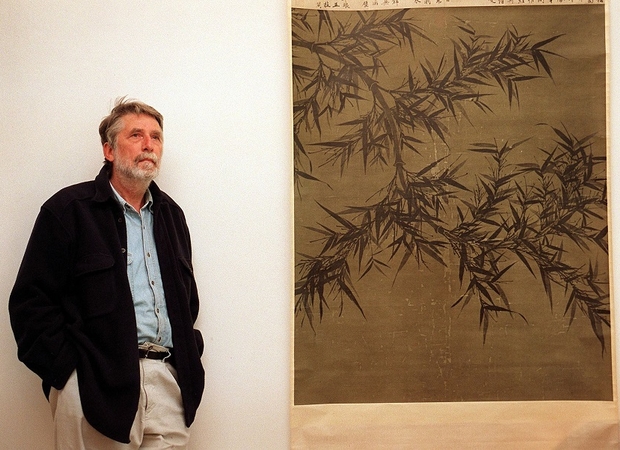
The Man Who Got It Right
from New York Review of Books
1.Near the beginning of Simon Leys’ marvelous collection of essays is an odd polemic between the author and the late Christopher Hitchens, fought out in these very pages. Leys takes Hitchens to task for attacking Mother Teresa in a book entitled The...
Books
03.22.13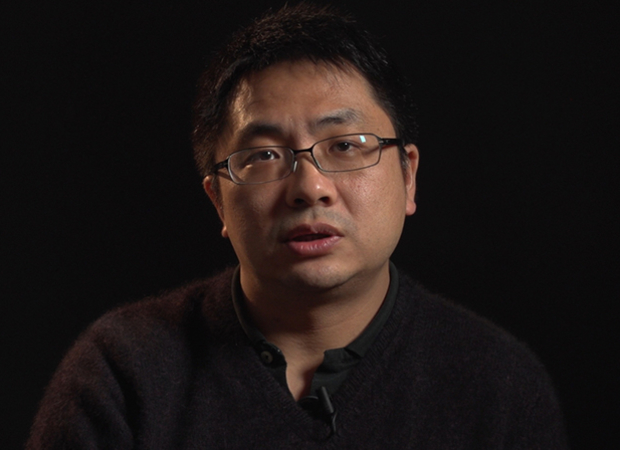
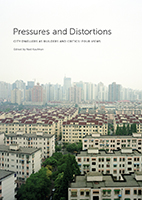
Pressures and Distortions
Pressures and Distortions looks at the design, building, and interpretation of cities from the point of view of their residents.The cities chronicled in depth include examples from China (Shanghai and Shenzhen), Latin America (Bogotá and Mexico City), and Indonesia (Banda Aceh). Shorter sections cover Lima and Rio de Janeiro. The authors show how residents respond creatively to environmental disaster, poverty, housing shortages, and surging urban population. They also show how governments, international relief agencies, architects, and planners can shape better urban environments. Throughout, residents present their experiences in their own words and through careful documentation of their living environments.Pressures and Distortions began in 2008 with the Research Program’s international call for proposals. A competitive process selected four teams, with researchers based in Mexico, Colombia, China, Australia, France, and the US. Each team received a research grant from Rafael Viñoly Architects and worked independently.With over 400 pages, Pressures and Distortions contains more than 500 original full-color photographs, plans, and drawings, as well as a DVD with over 100 video and audio recordings from the streets of Bogotá. —Rafael Viñoly Architects PC
Environment
01.07.13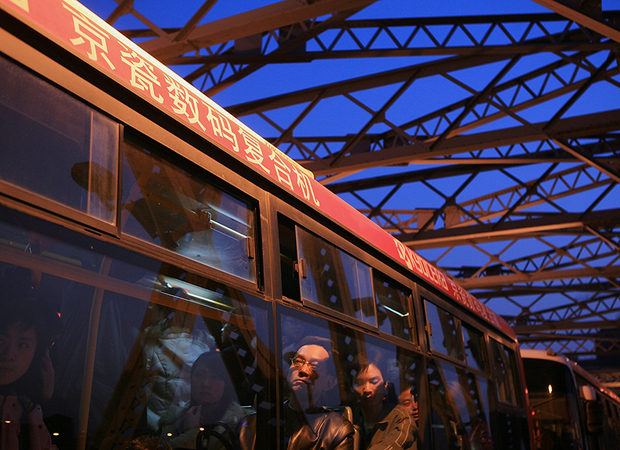
Car-Driving Officials in China Urged to Get on a Bus
from chinadialogue
China’s new leadership has asked government officials to travel simply and, in normal circumstances, not to close roads to ease their journeys. In a recent visit to the Qianhai area of Shenzhen, south China, incoming president Xi Jinping made sure...
ChinaFile Recommends
12.05.12Opinion: How Cities Can Save China
New York Times
Working on urbanization will foster solutions to the challenges the world faces from China's pressure on ecosystems, resources and commodities.
Books
10.01.12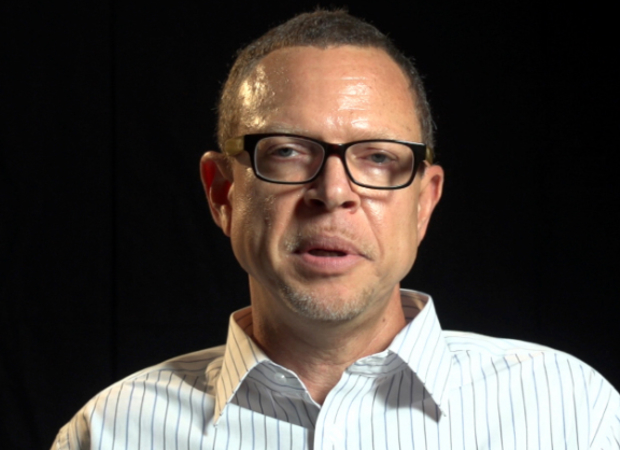
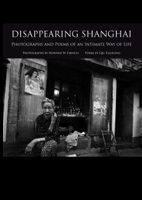
Disappearing Shanghai
This book is a photographic exploration of life in the old and rapidly disappearing quarters of Shanghai, with accompanying poems and essays by the author of fiction and poetry, Qiu Xiaolong.The photographs, all taken in a documentary style over a period of five years, represent an intimate and invaluable visual natural history of a way of life in the workers quarters and other central districts of the city that held sway throughout the 20th century and into the early years of the 21st century, before yielding to the ambitious ongoing efforts at urban reconstruction.Mr. Qiu, whose best-known books are largely set in this old city, where his protagonist Inspector Chen walks around in investigations, is suited like few others to provide a lyrical accompanying text whose purpose is to celebrate the life, beauty and texture of this world before it has vanished altogether.No photographer has pursued this subject with more dedication and persistence than Mr. French, whose photographs of Shanghai have been exhibited on four continents. Taken together, the work of these two contributors offers compelling esthetics and lasting historical value for lovers of Shanghai, past, present and future.—Homa & Sekey Books
The NYRB China Archive
09.24.12Shanghai: The Vigor in the Decay
from New York Review of Books
This is a story that sounds familiar, that we think we know or can imagine: old houses torn down for luxury malls, ordinary people poorly compensated, an intimate way of life replaced by highways and high-rises.All of this is happening in Shanghai—...
Books
09.19.12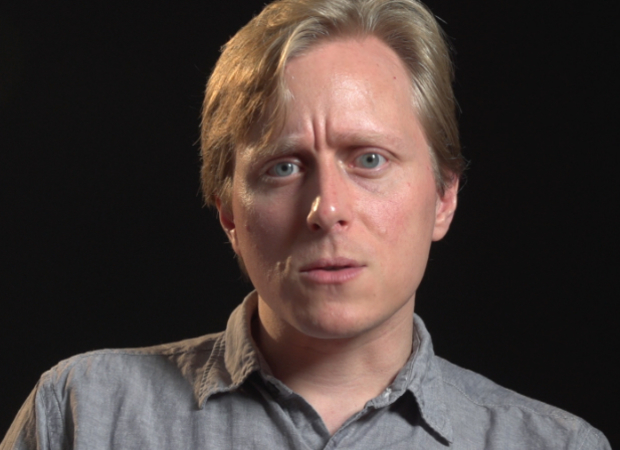
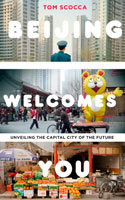
Beijing Welcomes You
Within the past decade, Beijing has debuted as the defining city of the now and foreseeable future, and China as the ascendant global power. Beijing is the ultimate representation of China's political and cultural capital, of its might—and threat. For so long, the city was closed off to the world, literally built around the Forbidden City, the icon of all that was ominous about China. But now, the country is eager to show off its new openness, its glory and magnanimity, and Beijing is its star. When Tom Scocca arrived in 2004—an American eager to see another culture—Beijing was looking toward welcoming the world to its Olympics four years later, and preparations were in full swing to create a renewed city. Scocca talked to the scientists tasked with changing the weather; interviewed designers and architects churning out projects; checked out the campaign to stop public spitting; documented the planting of trees, the rerouting of traffic, the demolition of the old city, and the construction of the new metropolis. Beijing Welcomes You is a glimpse into the future and an encounter with an urban place we do not yet fully comprehend, and the superpower it is essential we get to know better. —Riverhead Books
Caixin Media
08.31.12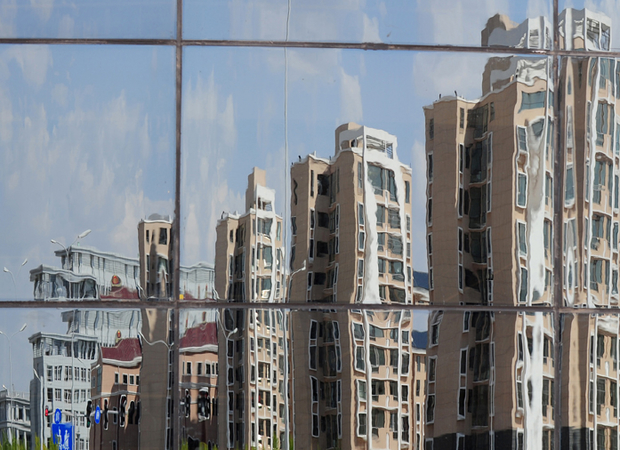
Tall Order in Ordos
A desert city infamously littered with new but vacant apartment buildings and idle construction sites is getting no relief in the parched climate for local government budgets.Ordos, where local leaders have been trying for years to build a thriving...
ChinaFile Recommends
06.18.12Rat World (Photographs)
Foreign Policy
Picture Beijing, and a skyline of fancy steel architecture and clouds of smog likely come to mind. But the most fitting metaphor for the city's growing pains may lie beneath its streets: In the past two decades, underground storage basements,...
Caixin Media
03.27.12Wang Shu, Wary of the New
At a time when China was bursting with an urge to cover buildings in shimmering silver and gray, Wang Shu, the first Chinese winner of the Pritzker Prize, was an architect who felt that changing tastes didn’t have to mean changing one’s sense of...
Sinica Podcast
09.10.10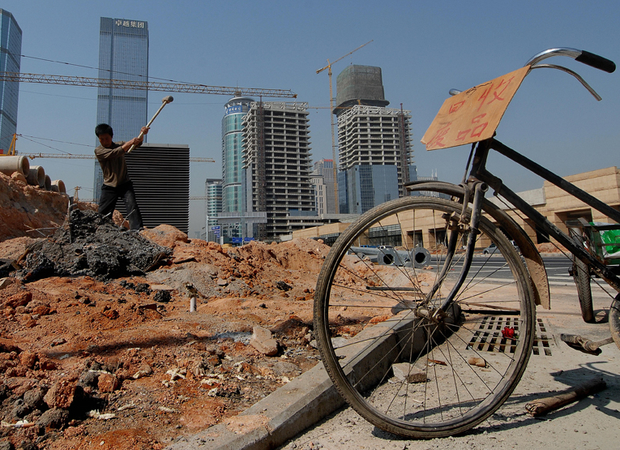
Showdown in Shenzhen
from Sinica Podcast
On September 6, Shenzhen celebrated the thirtieth anniversary of its founding as a special economic zone (SEZ). And while the city feted itself at the highest levels of power, its celebrations were marred by an unexpected development: in a speech...
Books
04.01.10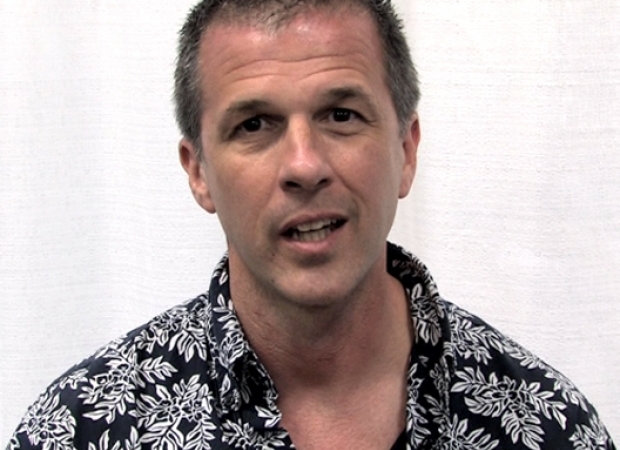
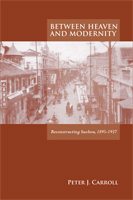
Between Heaven and Modernity
Combining social, political, and cultural history, this book examines the contestation over space, history, and power in the late Qing and Republican-era reconstruction of the ancient capital of Suzhou as a modern city. Located fifty miles west of Shanghai, Suzhou has been celebrated throughout Asia as a cynosure of Chinese urbanity and economic plenty for a thousand years. With the city's 1895 opening as a treaty port, businessmen and state officials began to draw on Western urban planning in order to bolster Chinese political and economic power against Japanese encroachment. As a result, both Suzhou as a whole and individual components of the cityscape developed new significance according to a calculus of commerce and nationalism. Japanese monks and travelers, Chinese officials, local people, and others competed to claim Suzhou’s streets, state institutions, historic monuments, and temples, and thereby to define the course of Suzhou’s and greater China’s modernity. —Stanford University Press
Reports
01.01.08
China’s Green Buildings and Sustainable Cities
Natural Resources Defense Council
The National Resources Defense Council is documenting the way in which it is promoting environmentally friendly growth principles in urban planning in China. This includes it partnership with Chinese governmental organizations in promoting and...




